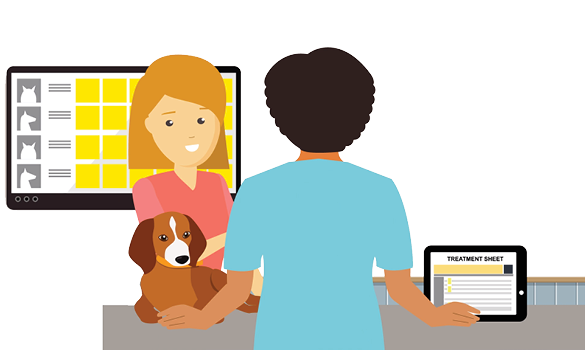SmartFlow
Patient Workflow Software
Minimize bottlenecks in your veterinary practice
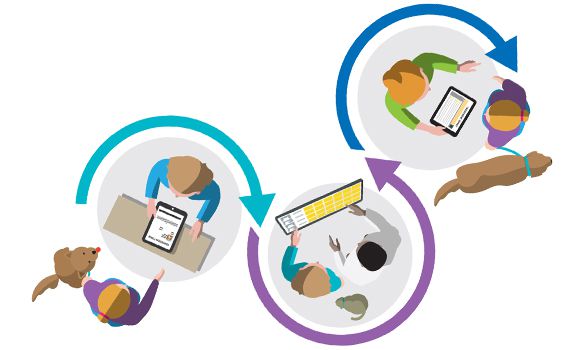
Software that streamlines every step, from admission to discharge
- Gain clarity about patient workflows and treatment status.
- View up-to-date information from anywhere in the practice.
- Share patient information instantly to improve pet-side care.

Clearly show care flow
With clear care flow and patient treatment status, there's never a question of what step to take next.

Go paperless
Digitized consent forms, patient charts, and treatment sheets provide better visibility, faster communication, and more mobile access to critical information.

Streamline communication
Improve communication and streamline practice operations so you can add scale with existing staff.

Increase revenue
Estimate transfer and automatic charge capture enable real-time, trackable changes to minimize missed charges in your practice.
Explore the tools that work for you at every step of the patient visit
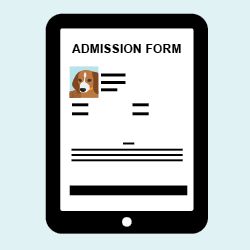
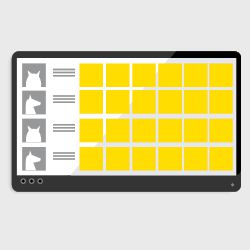
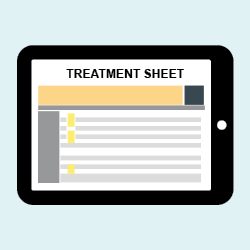
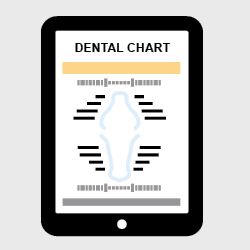
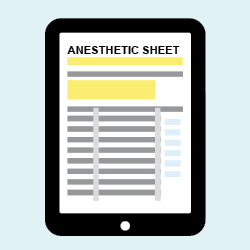


Forms
Enhance your patient check-in experience with digital consent forms. Enable your clients to review and sign from anywhere in the practice for faster and more simplified patient check-in.
- Increased mobility
- Fully customizable forms based on patient visit type
- Simplified signature capture
- Photo capture for faster patient handoff and documentation of personal belongings
Whiteboard
The optimized electronic whiteboard offers seamless communication by providing a bird's-eye view of the patient visit from anywhere in the practice. It clearly shows care flow and patient treatment status, so there’s never a question of what step to take next.
- Simplified prioritization of patient status and upcoming treatments
- Enhanced visibility with patient photo and signalment details
- Customizable whiteboards for every area of your practice including hospital, exam, surgery, and boarding
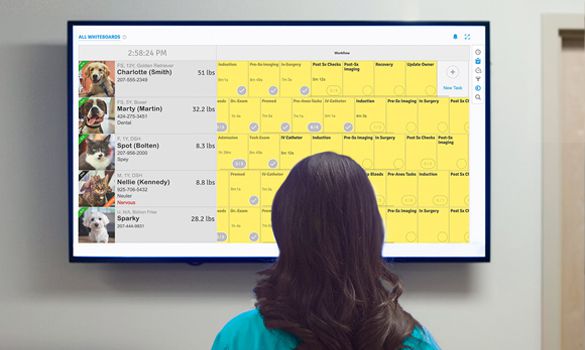
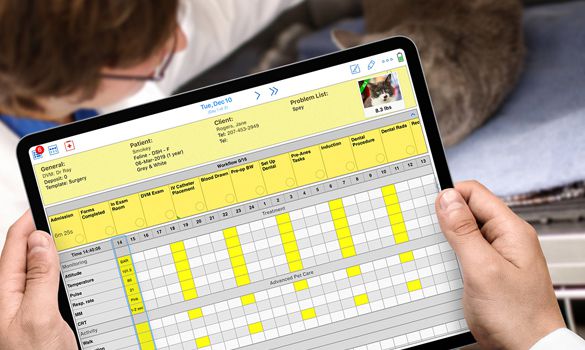
Treatment sheets
Digitized treatment sheets create better visibility among your team, faster communication, and more mobile access to critical treatment information. Empower your team to standardize patient treatment protocols throughout the practice along with the flexibility to meet individual patient needs.
- Treatment sheet templates customized to meet your practice needs
- Easily tailored for on-the-fly adjustments to treatment plans
- Built-in medication, diet, and fluid calculators to reduce human error and save your staff time
- Estimate transfer enables real-time trackable changes to minimize missed charges in your practice
Dental charts
Eliminate the need for paper charts, bringing you the ability to easily take before-and-after photos, standardize charting across your practice, and provide streamlined patient side access where you need it most.
- Easily record diagnoses and document treatments performed; seamlessly export patient details via a clean and legible digital dental record
- Patient side charting with easy-to-use in-app navigation
- Standardized dental charting across the practice, regardless of user
- Enhanced patient documentation with before-and-after photo capture
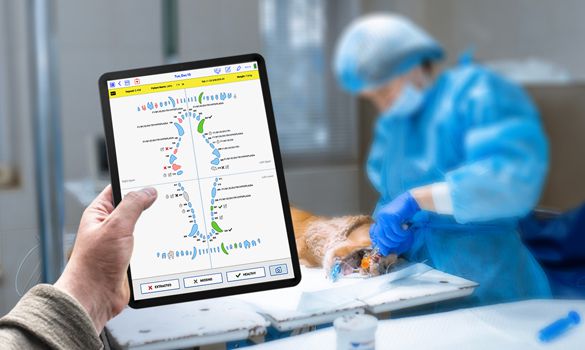
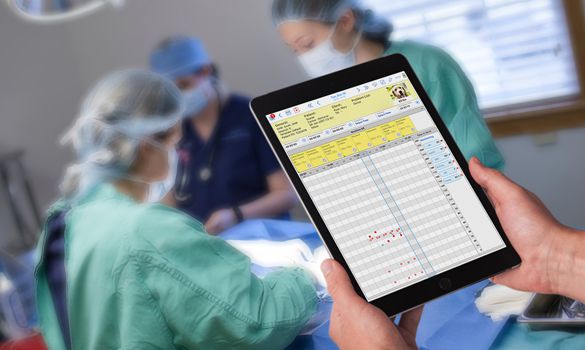
Anesthetic sheets
Intuitive charting for anesthesia, saving your team critical time with automated reminders and a streamlined user interface.
- One-touch vital sign charting
- Clean and legible digital chart, with trending data and graphing
- Integrated procedure timers
- Monitoring interval reminders, customizable based on industry best practices
Analytics
Identify and remove bottlenecks in your practice with the help of SmartFlow software analytics.
- Improve awareness and eliminate inefficiencies in the patient workflow
- Data to help guide your staff and set measurable goals and attainable KPIs
- Track individual task completion rates
- Simple and easy-to-use interface with customizable reporting


